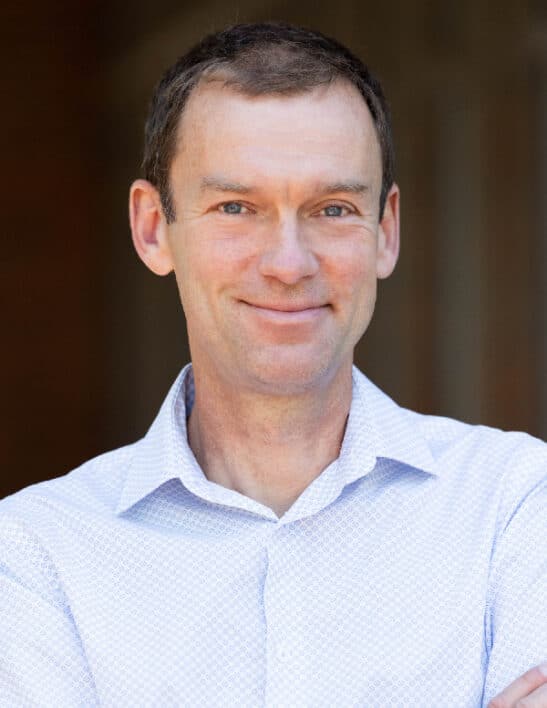Network charges—the fees paid by consumers to cover the costs for power lines and other network assets and services—are steadily increasing across Europe. In one respect, this is not surprising, as these costs are expected to increase as the network is updated to accommodate new distributed activities, such as electric vehicle charging and distributed generation, and modernised to make it “smarter.” However, the fixed component of these charges, the portion of the charges that doesn’t vary with customer consumption, is increasing. This is a disturbing trend and cause for concern.
Fixed charges take the power of choice out of consumers’ hands and are contrary to the European Union’s vision of broad deployment of energy efficiency, demand response, and distributed generation. They promote consumption at times of stress on the grid and overconsumption generally, resulting in increased costs for all by driving excessive investment in underutilised grid infrastructure. Given the need to decarbonise the transport and heat sectors in large part through electrification, fixed charges will exacerbate the problem of underutilised grid infrastructure and drive up costs for the energy transition.
RAP provides recommendations for network tariff design that will support the realisation of the European Union’s clean energy vision in a timely fashion, at least cost, and with an equitable distribution of the costs and benefits among consumers.



